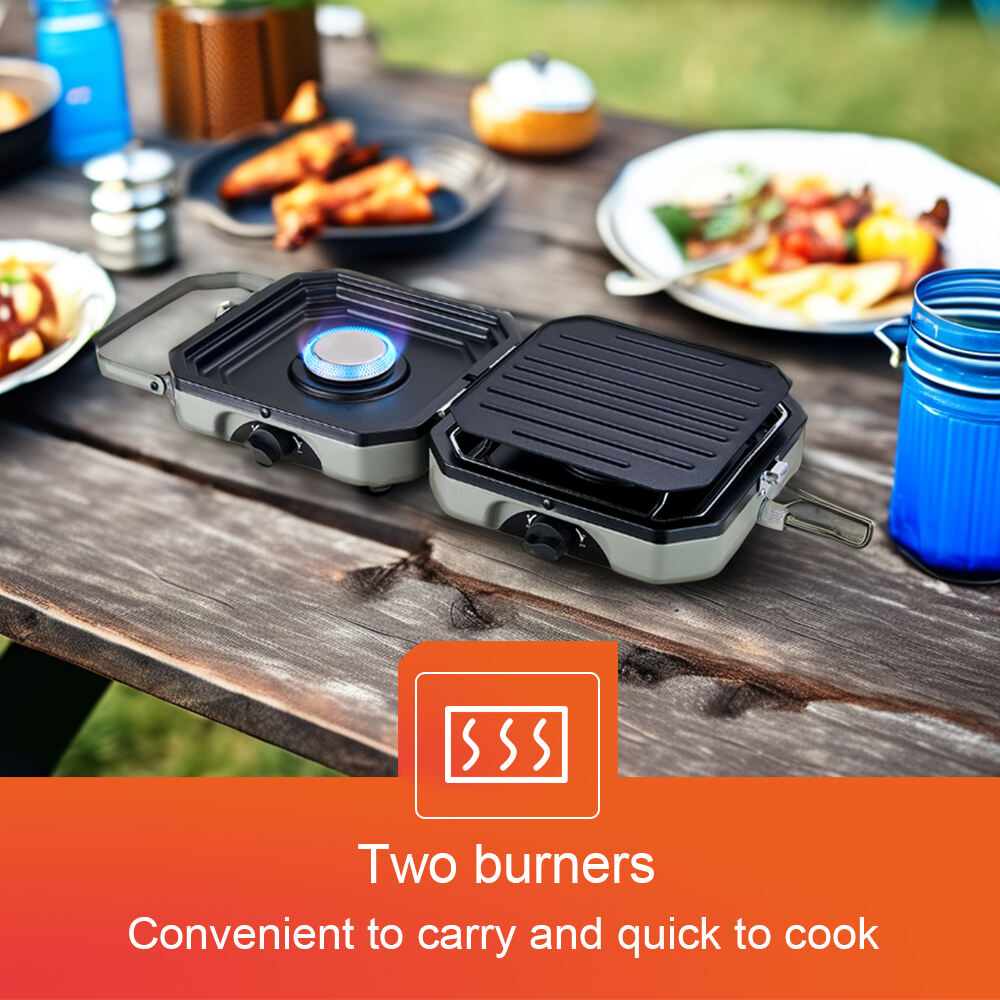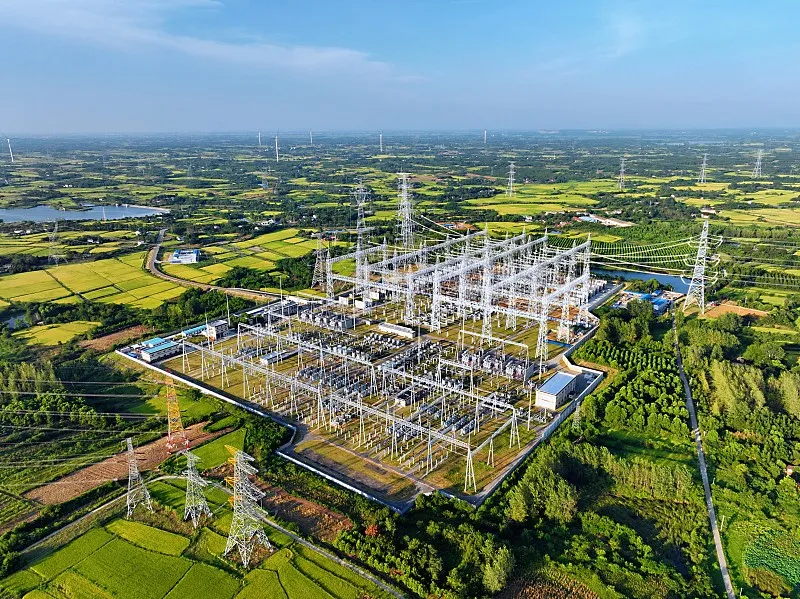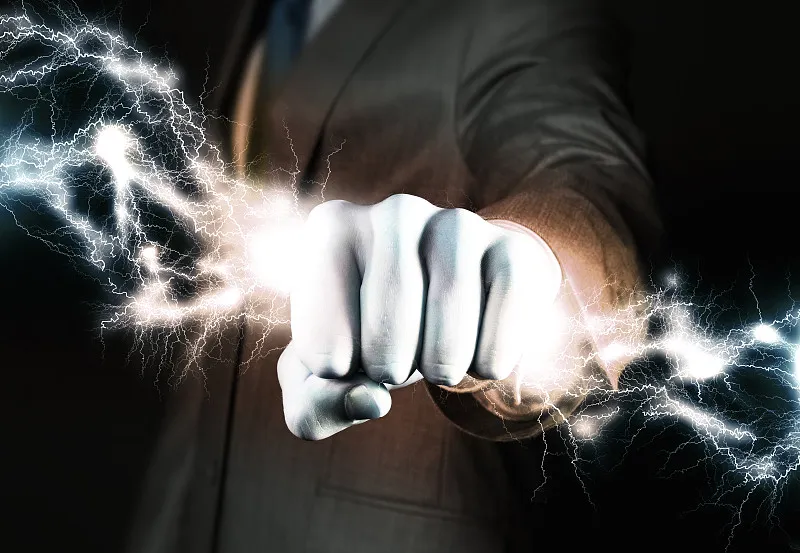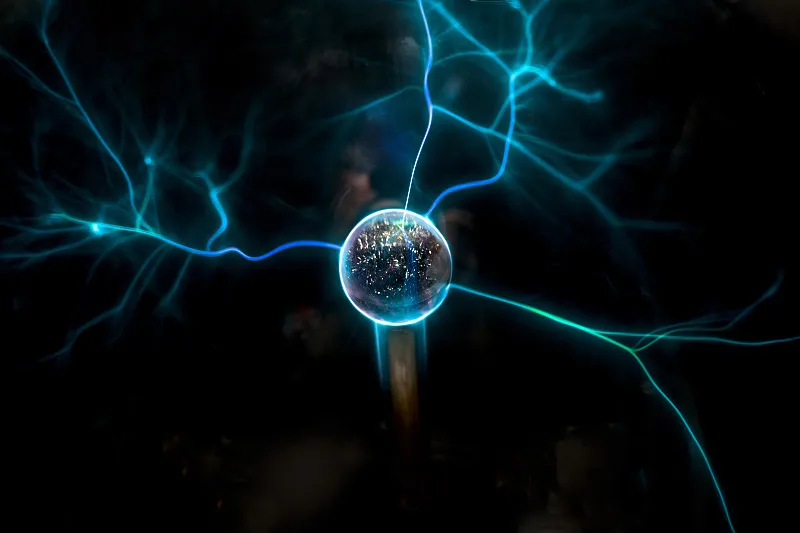What Should You Know About Maintaining Your Gas Stove for Optimal Performance?
Daily Usage and Cleaning Essentials
Daily Use Habits That Protect Your Gas Stove
Developing proper usage habits is one of the most effective ways to extend the life and efficiency of your gas stove. When using a gas stove daily, it is essential to light the burners before placing any cookware on the grates to ensure optimal flame exposure. Always make sure the flame is blue and stable; a yellow or flickering flame can indicate incomplete combustion or blockage, which may lead to inefficient performance or carbon monoxide emissions. Keeping the area around the burners free from spills, food debris, and grease can prevent clogging and overheating, both of which can damage components over time. It's also a good practice to use cookware with flat bottoms to ensure consistent heat distribution and prevent tipping. These simple daily routines not only preserve the functionality of your gas stove but also reduce the risk of fire hazards and help maintain cooking consistency.
Cleaning Methods to Keep Burners and Grates in Top Shape
Cleaning your gas stove regularly is critical for ensuring that burners and grates function properly without obstruction. Remove the grates and burner caps and soak them in warm, soapy water to loosen any caked-on grease or food particles. A soft brush or toothbrush can help remove stubborn residue without scratching the metal. For the burner heads, make sure the small gas ports are not clogged by food or debris; you can use a paper clip or pin to gently clear out the holes. Wipe down the stove surface daily with a non-abrasive cloth and a mild cleaner to prevent buildup that can cause stains and interfere with burner operation. Avoid using steel wool or harsh chemicals that could damage finishes or leave residues that burn off and emit fumes during cooking. A well-cleaned gas stove not only looks better but also ensures that heat is evenly distributed and that no components become corroded or misaligned from grime accumulation.
Preventive Maintenance and Troubleshooting
Checking for Gas Leaks and Ensuring Safety
Regularly checking for gas leaks is essential to the safe use of your gas stove, as leaks can pose serious health and fire risks. To perform a basic check, mix a solution of water and a few drops of dish soap, then apply it with a sponge or spray bottle to the connections and hose behind your stove. If you see bubbling, that indicates a leak, and you should immediately shut off the gas supply and contact a qualified technician. It's important to avoid using open flames or electrical switches while checking for leaks. You should also be attentive to unusual odors, especially the sulfur-like smell of added gas odorants, which serve as a safety alert. Installing a gas detector nearby adds an extra layer of protection and provides immediate alerts in case of minor leaks that may go unnoticed. Regular inspections of valves, connectors, and tubing for signs of wear, cracks, or corrosion can also prevent leaks from developing in the first place and ensure that your gas stove operates within safe parameters.
Identifying Performance Issues Early
Gas stove performance issues can often be identified before they become serious, allowing for timely fixes and extended appliance life. If you notice that a burner is slow to ignite, the flame is uneven, or there's a delay between the spark and ignition, these may signal clogged jets or ignition system faults. A weak flame that doesn't respond well to adjustment could indicate an issue with the gas pressure regulator or the air-to-gas mixture. Listen for abnormal sounds like popping or hissing, which could point to a misaligned burner or air shutter problem. Changes in cooking times, such as food taking longer to boil or not browning evenly, may also be a subtle sign that the burners are not performing efficiently. By responding quickly to these signs, you can avoid more expensive repairs and downtime. Periodically testing each burner and observing flame patterns helps you detect these problems early and maintain consistent cooking quality.

Long-Term Care Strategies
Scheduling Professional Inspections
While daily cleaning and inspection are effective, scheduling professional maintenance checks adds another level of security and performance assurance to your gas stove upkeep. A certified technician can assess internal components such as the ignition module, pressure regulators, gas valves, and even thermal couplings, which are not accessible during regular user maintenance. These inspections are typically recommended annually and can catch wear or damage early, often preventing unexpected breakdowns. Technicians can also recalibrate burners, verify proper gas flow, and ensure that all safety components are functional and up to code. In addition, professional services often include deep cleaning of burner ports and ventilation systems, which significantly improves fuel efficiency and airflow. Investing in scheduled maintenance can extend the life of your gas stove by several years and help retain consistent cooking performance. For businesses or heavy users, bi-annual inspections may be beneficial to match the usage intensity and avoid operational interruptions.
Replacing Worn Parts and Upgrading Components
Timely replacement of worn parts ensures your gas stove continues to perform efficiently and safely over time. Burner caps, igniters, knobs, and grates are among the most frequently worn components and should be checked periodically for cracks, deformation, or malfunctions. If the igniter clicks but doesn't produce a spark, it may be a sign that it needs to be replaced. Similarly, if a burner flame remains uneven after cleaning, the burner head might be warped and should be swapped out. When available, consider upgrading to high-efficiency burner kits or modern ignition systems that improve energy use and reduce preheating times. Always refer to your stove’s manufacturer guidelines when sourcing replacement parts to ensure compatibility and safety. Using OEM (original equipment manufacturer) parts over generic alternatives also helps maintain warranty coverage and device longevity. Whether you’re managing a home kitchen or commercial food prep area, staying ahead of wear and tear by proactively replacing aging parts ensures uninterrupted operation.
Environmental and Energy Considerations
Improving Fuel Efficiency Through Maintenance
Routine maintenance contributes significantly to fuel efficiency, making your gas stove more economical and environmentally friendly. When burners and grates are clean, the flame burns hotter and more consistently, which reduces the amount of gas needed to reach and maintain cooking temperatures. Clogged ports or dirty components can waste gas by causing uneven heat, leading users to overcompensate by increasing the flame unnecessarily. Keeping the air intake and exhaust vents clear also ensures that combustion remains optimal and no energy is lost to poor ventilation. Using the right size burner for the cookware minimizes wasted heat, and ensuring that pots and pans fully cover the flame also helps direct energy efficiently. Additionally, replacing worn gaskets and seals on oven models with integrated gas stovetops helps prevent heat loss. These small changes collectively reduce your utility bills and environmental footprint, especially in households that rely on gas cooking daily. In the long term, an efficient gas stove not only conserves energy but also contributes to a more sustainable kitchen routine.
Reducing Emissions and Enhancing Indoor Air Quality
Maintaining your gas stove properly can significantly reduce harmful emissions and improve indoor air quality. A well-maintained gas stove produces fewer byproducts such as carbon monoxide, nitrogen dioxide, and particulate matter, which can accumulate in enclosed spaces and pose health risks. Ensuring proper combustion by keeping burners clean and air intakes unobstructed leads to a cleaner burn and fewer airborne contaminants. Ventilation is equally important—use a range hood or exhaust fan while cooking to expel heat and gases from the kitchen. Regularly checking for incomplete combustion, indicated by a yellow flame or soot buildup, allows you to take corrective action before air quality deteriorates. For households with young children, elderly family members, or people with respiratory conditions, maintaining a healthy indoor environment is especially important. By reducing excess emissions through routine care, you not only enhance comfort but also align with green living practices and regulatory guidelines for safe gas appliance operation.
FAQ
How often should I clean my gas stove?
To keep your gas stove in optimal condition, it’s recommended to wipe it down daily and perform a more thorough cleaning weekly. Burners and grates should be soaked and scrubbed at least once a week, while deep cleaning the entire stove surface and control knobs can be done biweekly or as needed based on usage.
What does a yellow flame on my gas stove mean?
A yellow flame usually indicates incomplete combustion, which could be caused by dirty burners, blocked air vents, or a malfunctioning gas regulator. It’s important to address this quickly to avoid potential carbon monoxide buildup and ensure the stove is operating safely and efficiently.
Can I repair a gas stove myself?
Basic maintenance like cleaning or replacing knobs and burner caps can be done by the user, but repairs involving gas flow, ignition systems, or internal components should be left to certified professionals. DIY repairs without proper expertise can pose safety risks and may void warranties.
Is it safe to leave a gas stove pilot light on all the time?
Most modern gas stoves use electric ignition, but if your stove has a standing pilot light, it is generally safe when maintained properly. However, regular checks for leaks or abnormal flame behavior are important to ensure that the pilot does not waste gas or pose a safety risk.







